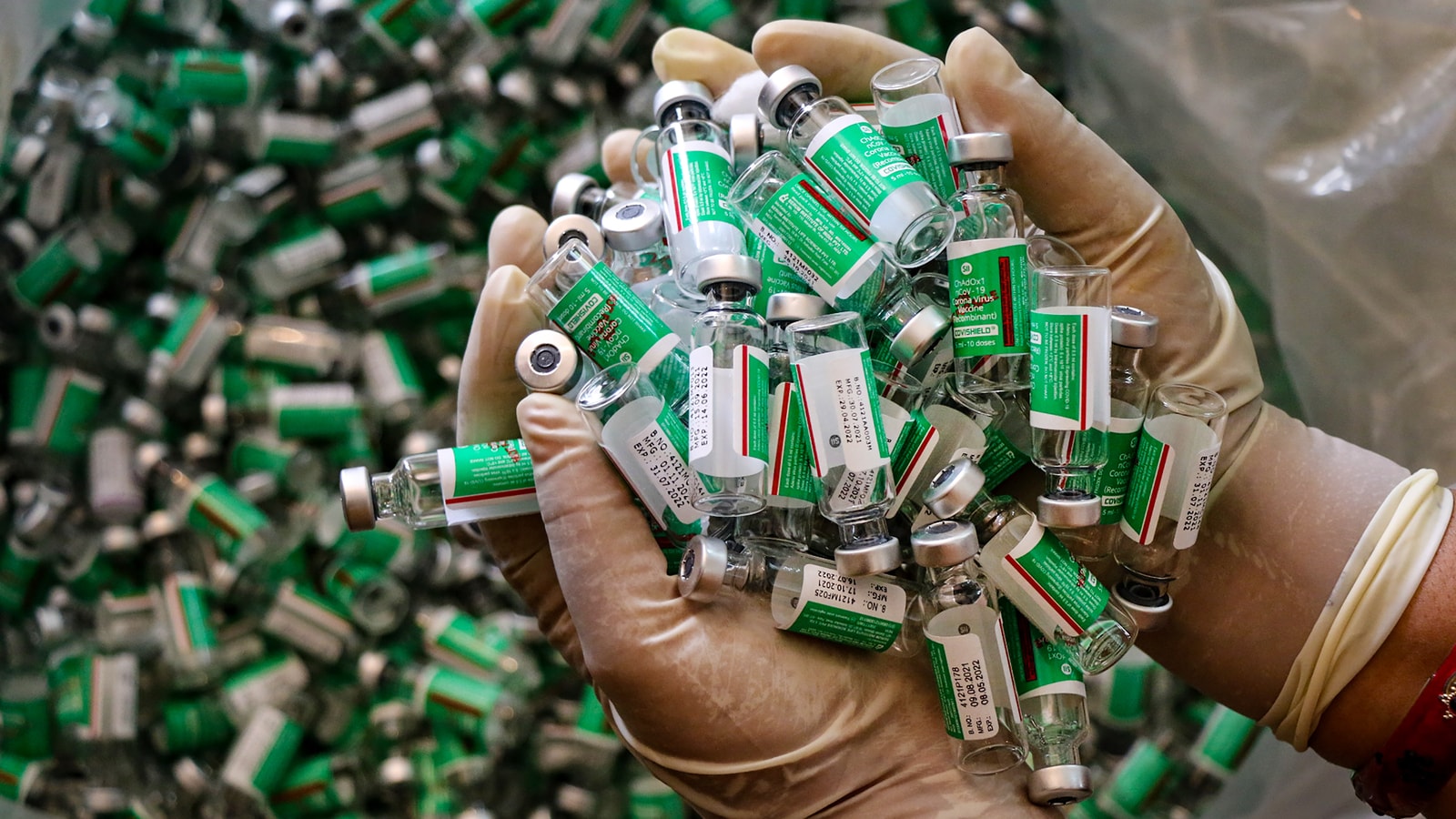'As a crime writer, I find Mumbai safe, but the statistics disagree'
Puja Changoiwala is an award-winning investigative journalist whose first book, The Front Page Murders, came out in 2016. It covered a spate of serial killings in Mumbai in 2012, in which Vijay Palande was accused of befriending Bollywood aspirants with the help of his wife Simrin Sood, then allegedly stealing from them, murdering them and hacking their corpses to bits.
Her second book, Gangster on the Run, is out this month. It’s the tale of Rahul Jadhav, who left the quiet town of Dombivli, on the outskirts of Mumbai, to become a hitman, operate an extortion ring over Skype, and become one of the most wanted gangsters of the early 2000s. He then went clean, tackled his substance abuse issues, and is now an ultra-marathoner and de-addiction counsellor.
Both your books are set in Mumbai. In what way do you think the city shaped Vijay, Simrin and Rahul?
Cities offer more opportunities for crime — larger syndicates, flourishing black markets, more corruption and bribery, and a denser, wealthier population to victimise. Such factors certainly contribute to the higher crime rates in cities.
Vijay Palande allegedly used his wife to lure his targets, who were aspiring Bollywood stars. Of course, Mumbai had a huge role to play, not just because of the thriving film industry that offered up these victims, but also because of the ambition it created in the alleged perpetrators.
Mumbai inspires millions to follow their dreams, often with no regard for the cost of the journey. According to investigators, Palande was an educated, intelligent man from a village in Maharashtra, who turned to crime to fulfil his dreams. Sood, a shy girl from a small town, allegedly did it for the same reason.
Rahul Jadhav was a teenager in the early’90s, when Dawood Ibrahim was emerging as a constant in the shifting landscape of the Mumbai mafia. Satellite towns like Dombivli, where Rahul was growing up, were recruitment grounds for gangs. Street corners and crossroads would be crowded with underworld aspirants. One such crossroad introduced Rahul to his underworld recruiter. Of course, Rahul had the criminal intentions; but Dombivli offered the gate pass to the underworld.
Those who write about Mumbai tend to dismiss the fringes…
I did not know Dombivli, and when I walked in, I saw it with the eyes of a tourist. I would walk around the city for hours, lurk at its railway stations, exploring its markets and quiet neighbourhoods. I’d speak to locals, eat in local restaurants and read local newspapers. Books and reports about the place filled the remaining gaps. Getting to know a new place is always exciting, especially when you’re writing true crime. You know its secrets, its dark underbelly, even before you realise it.
Do you view criminals as a product of the world they grew up in? Would circumstances have changed how they turned out?
The social disorganisation theory in criminology focuses on the pathology of places over the pathology of people. It states that delinquency occurs in disadvantaged, impoverished neighbourhoods in or near cities. These are areas with greater socioeconomic inequality, and where children are exposed to delinquent sub-cultures. I agree with this theory. However, it also has a lot to do with the person’s inclinations, their view of the world, their notions of right and wrong. Rahul Jadhav, for instance, grew up in a loving, close-knit family — and in that sense chose to become a hitman and gangster. He actively sought out the places that would bring him closer to the underworld. That was his dream.
How has the crime scene changed since your start as a reporter in 2011?
Most of the more grievous crimes I covered when I started involved senior citizen murders, rapes, abductions followed by murders, and terror attack trials. Thankfully, we haven’t had a terror attack in the recent past, but the rate of other crimes has increased. With sexual offences, you can attribute the increase to higher awareness resulting in more crimes being reported. But murders and abductions cannot be given that benefit. Reporting is also more challenging now. It’s tougher to get information from police and state sources. Authorities are much more tight-lipped than they were a decade ago.
Do you see Mumbai as the safe-for-women, comfortable city everyone seems to think it is?
Born and raised in Mumbai, and as a woman living here, I do find it safe. As a crime journalist and writer, I have reported on hordes of cases that testify to another side of the city. With nearly 61,000 cases, Mumbai reported the third-highest number of crimes among all the metropolitan cities in India, in 2019. These included nearly 400 rapes, over 2,000 molestations and the highest number of trafficking cases, involving 401 victims. The statistics disagree with my personal notion of safety in this city.
Source link


